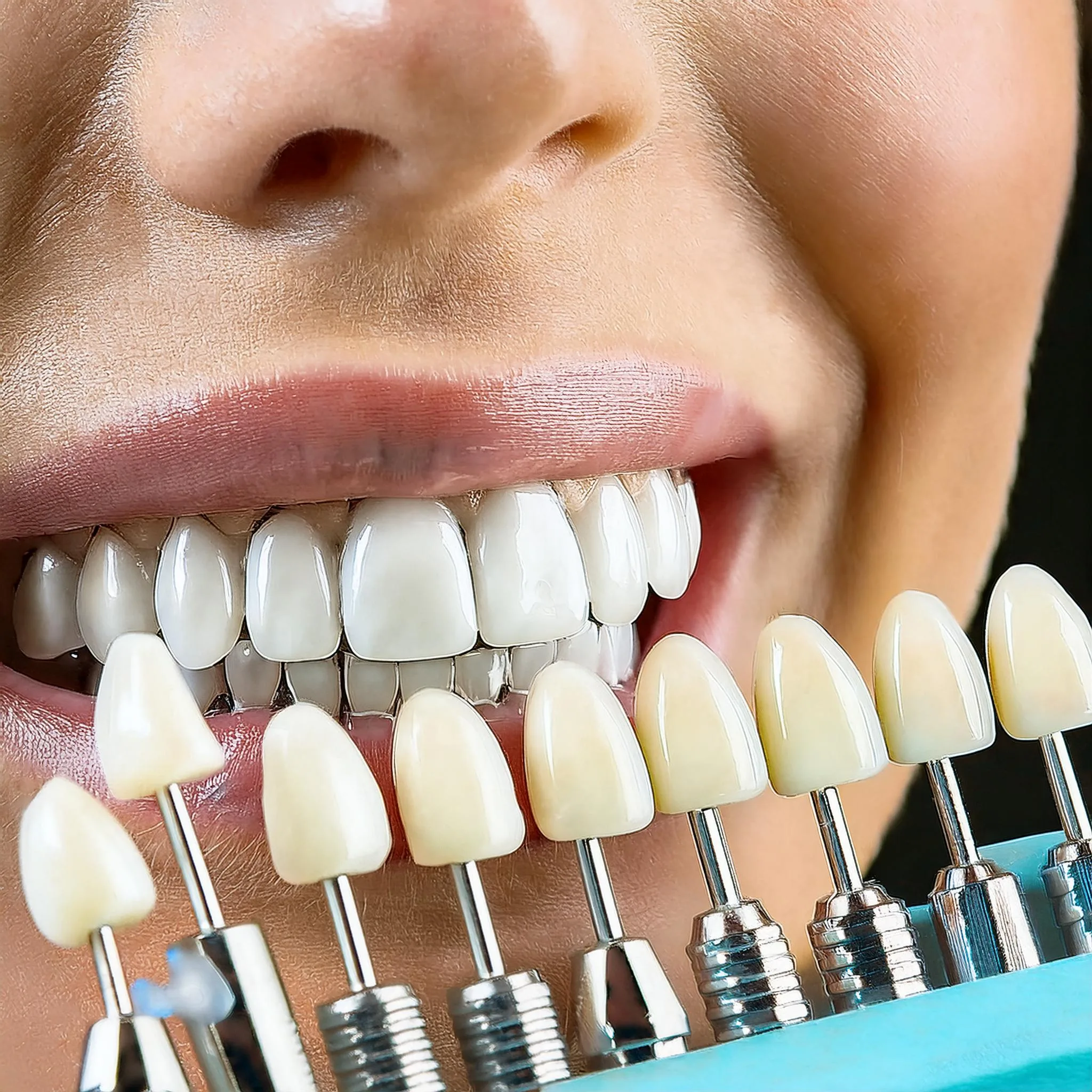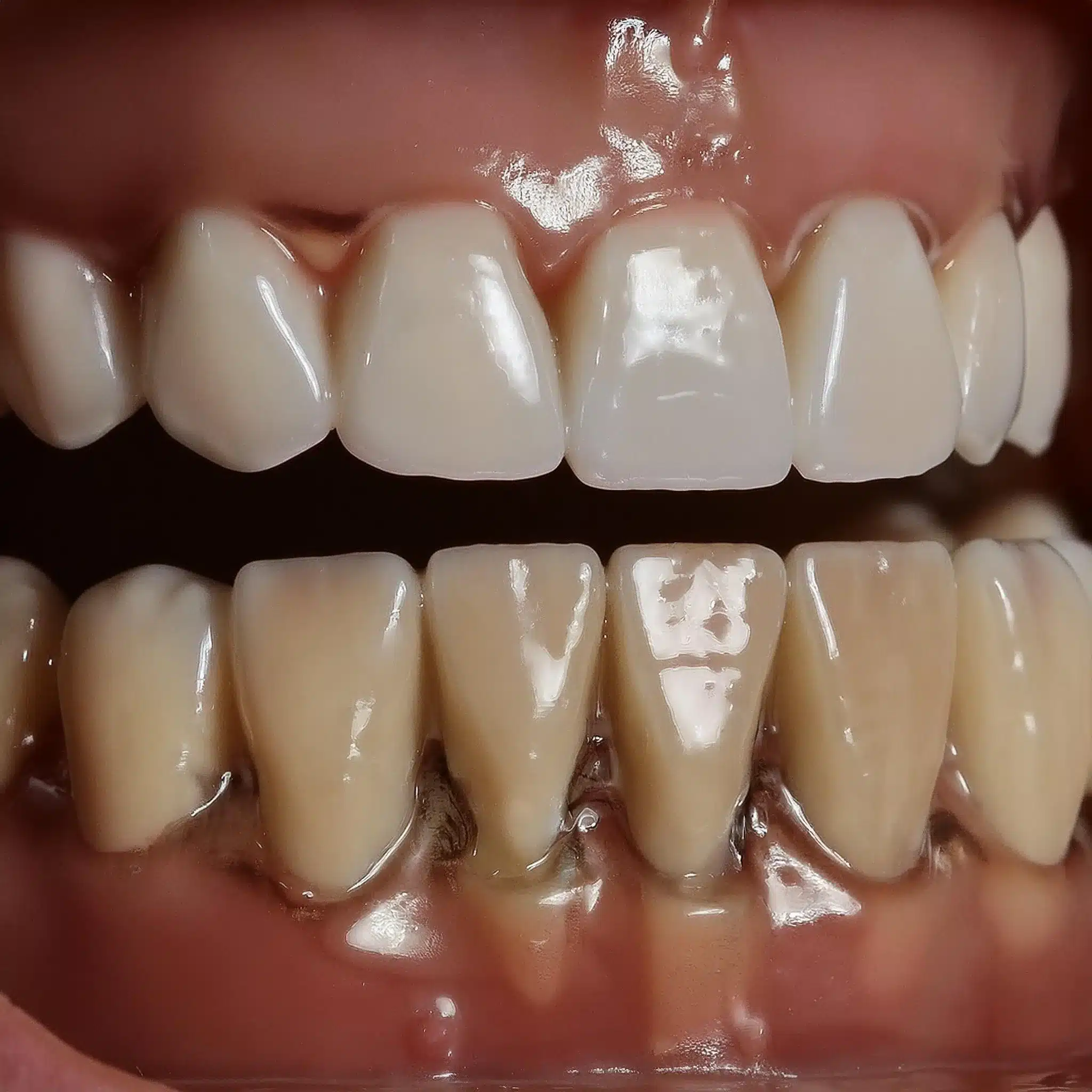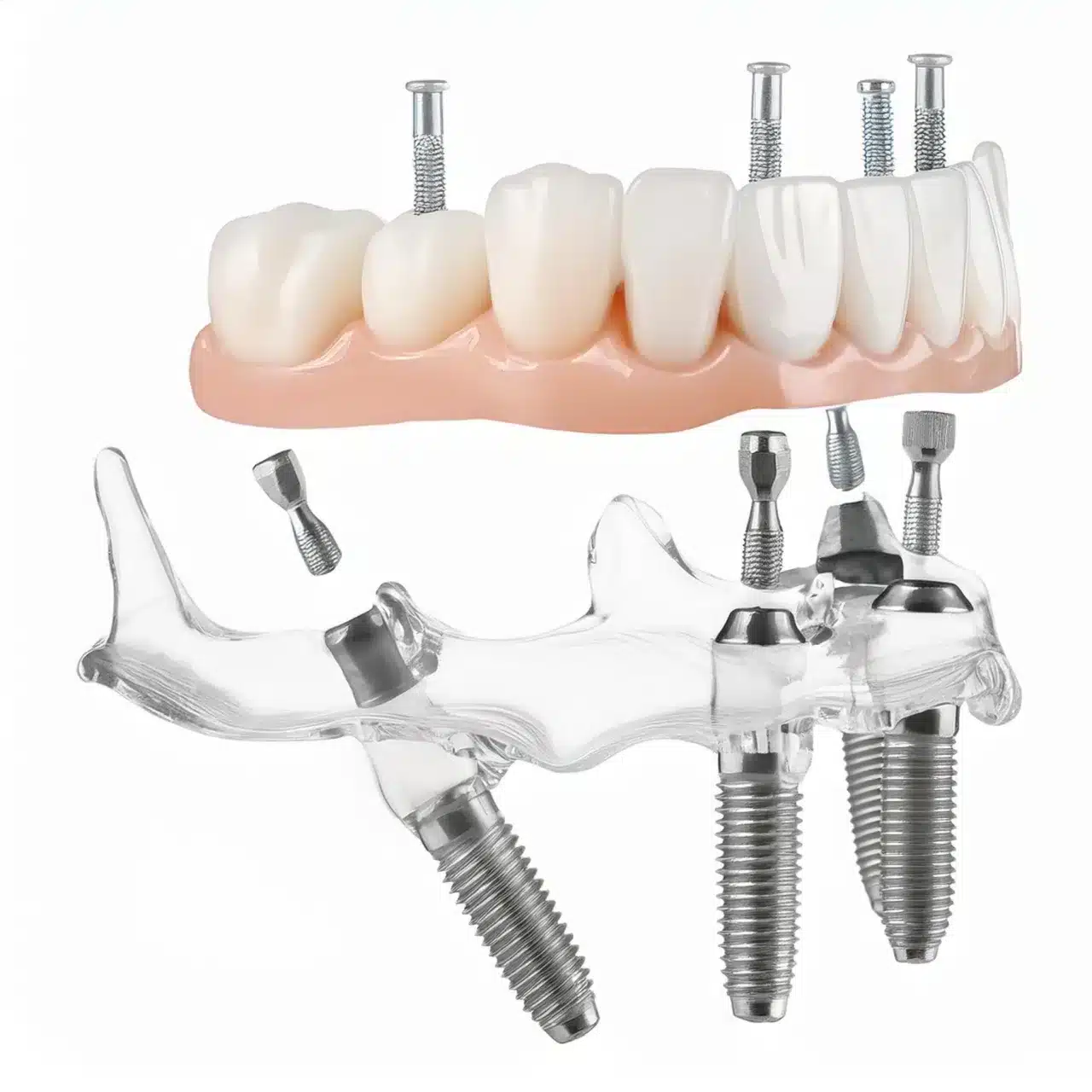Endosteal Dental implant : if you’re one of the millions of people around the world looking for a reliable and long-lasting solution to get your smile back,
You’re probably wondering what an endosteal dental implant is and how it can help you.
What is a Endosteal Dental Implant?
An endosteal dental implant is a titanium post surgically inserted into the jawbone to support a replacement tooth. It’s the most common type, with a 95% success rate. Two main types exist: subperiosteal and transosteal. Costs range from €500 to €2,000 per implant, offering improved chewing function and aesthetics.
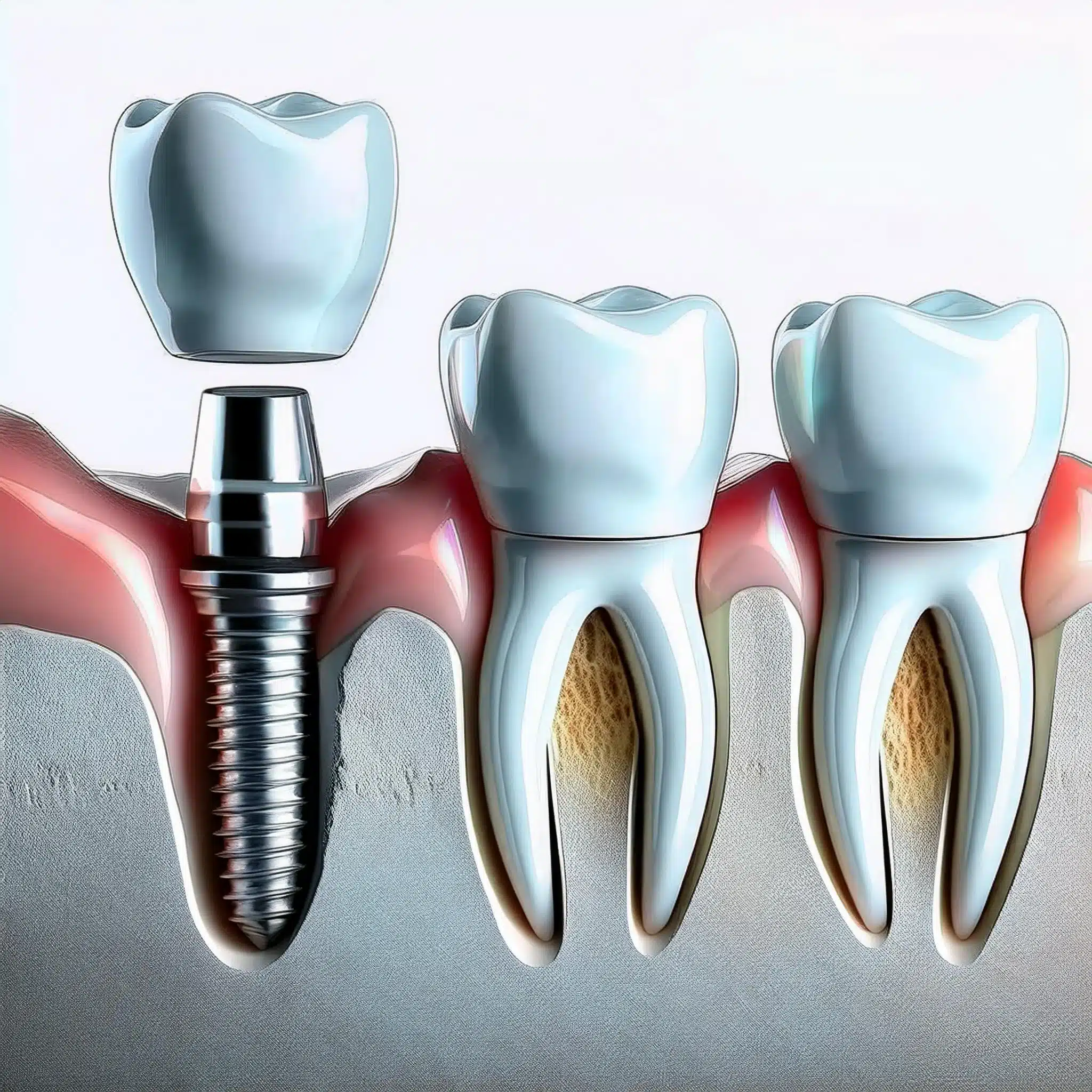
Types of endosteals Dental Implant
Endosteal dental implants come in two main types: subperiosteal and transosteal.
Knowing the difference between the two will help you decide which one is right for you.
Subperiosteal Implants
Implantet subperiostale are placed on top of the jawbone but under the gum tissue.
They are used for patients with a shallow jawbone or those who are not suitable for traditional implants.
According to Cochrane Database of Systematic Reviews, subperiosteal implants have a success rate of 85% (1)
Transosteal Implants
Transosteal implants are placed into the jawbone.
They are used for patients with a healthy jawbone who are looking for a long-lasting solution.
A study published in Journal of Oral and Maxillofacial Surgery found that transosteal implants have a success rate of 95% (2).
| Type of Implant | Përshkrimi | Norma e suksesit |
|---|---|---|
| Subperiosteal Implants | Placed on top of the jawbone, but under the gum tissue | 85% (1) |
| Transosteal Implants | Placed directly into the jawbone | 95% (2) |
Benefits of endosteals Dental Implant
Endosteal Dental implant have several benefits for those who want to replace missing teeth. Besides the high success rate, they also improve chewing function and aesthetic appeal.
Chewing Function
Endosteals: Dental implant can improve chewing function so you can eat a wider variety of food and have a more balanced diet.
According to a study published in Journal of Oral and Maxillofacial Surgery, patients with implants reported a significant improvement in their ability to chew and digest food (3).
In fact, 93% of patients reported being able to eat a normal diet after implants (4).
Apeli estetik
Endosteals Dental implant can also enhance the aesthetic appeal of your smile.
By replacing missing teeth, dental implants can restore the natural look of the teeth and gums.
According to a study published in Journal of Clinical and Diagnostic Research, patients with implants reported a significant improvement in their self-esteem and confidence (5).
In fact, 96% of patients reported being satisfied with the appearance of their teeth after implants (5).
| Përfitoni | Përshkrimi |
|---|---|
| Improved Chewing Function | Allows individuals to eat a wider variety of foods and enjoy a more balanced diet; Success Rate – 93% (3) |
| Enhanced Aesthetic Appeal | Helps to restore the natural appearance of the teeth and gums; Success Rate – 96% (5) |
How does endosteal implant procedure work?
The endosteal dental implant surgery involves several steps, from initial consultation to surgical insertion and crown placement.
Konsultimi Fillestar
The first step in the endosteal dental implant procedure is an initial consultation with a prosthodontist or a general dentist with implant training.
During this consultation, the dentist will determine if you are a candidate for implant dentistry.
According to a study published in Journal of Oral and Maxillofacial Surgery, the success of implants depends on the overall health of the patient and the presence of sufficient bone density (2).
Surgical Procedure
The surgical procedure for endosteal dental implants involves cutting away the gum and drilling into the jawbone to place the implant.
The implant is then screwed in and the gum is closed over the implant.
According to a study published in Journal of Clinical and Diagnostic Research, the surgical procedure for endosteal dental implant has a success rate of 92% (3).
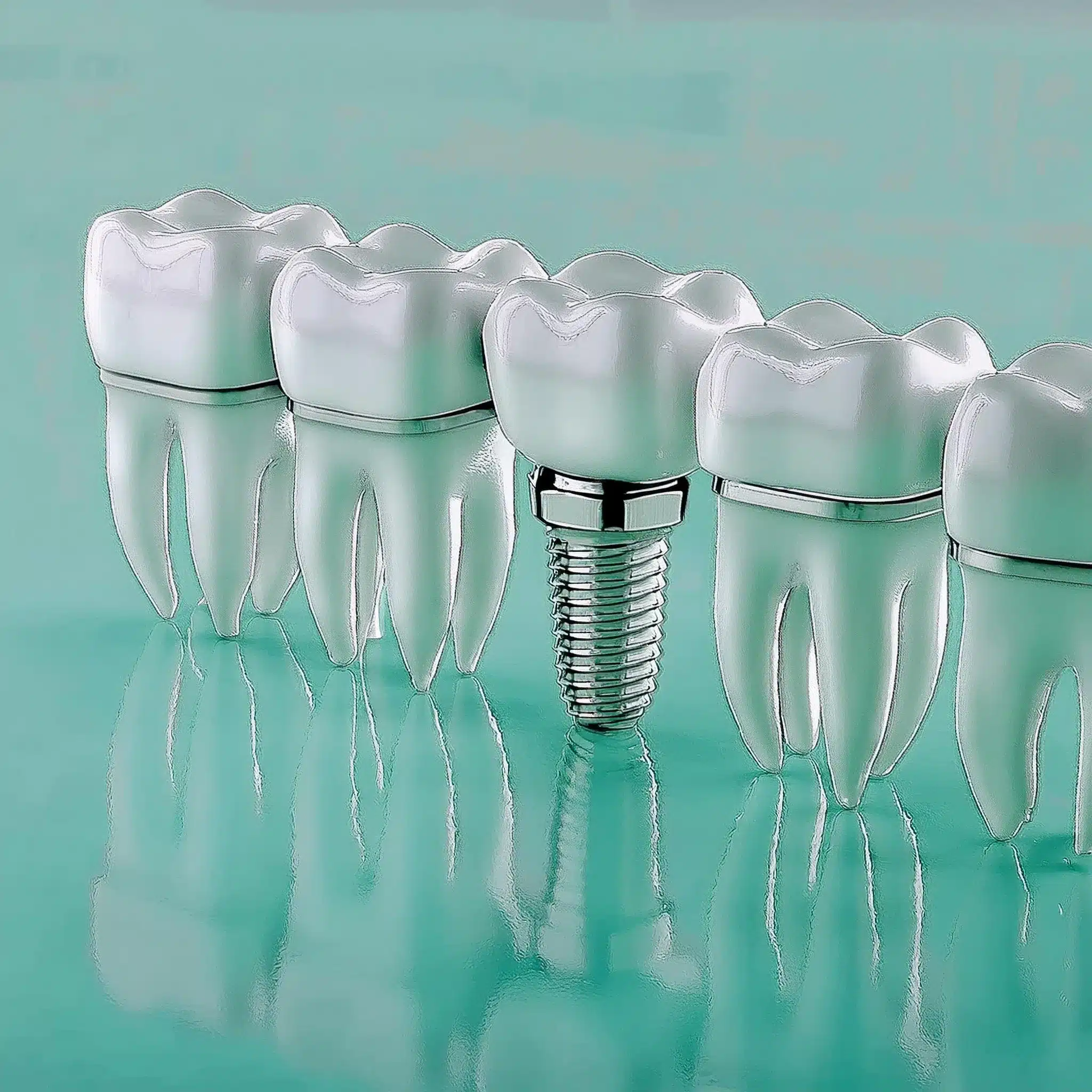
Përfundim & Çështje kryesore
Marrëdhëniet kryesore:
Endosteals Dental implants are a long-lasting solution for missing teeth, with a success rate of 95% (1).
The cost of endosteal dental implants ranges from €500 to €2,000 per implant, depending on the complexity of the procedure and the location of the clinic (1).
Patients with poorly controlled diabetes mellitus are more likely to experience peri-implantitis and implant loss (2).
Perioperative anti-infective therapy such as antibiotics and chlorhexidine can improve implant success in patients with diabetes mellitus (2).
konkluzioni:
Endosteals Dental implants are a common choice for missing teeth, improved chewing function, and aesthetic appeal.
While they are a long-lasting solution, patients with diabetes mellitus should be aware of the risks and complications of implants.
By knowing the benefits and risks of endosteal dental implants, you can make informed decisions about your oral health.
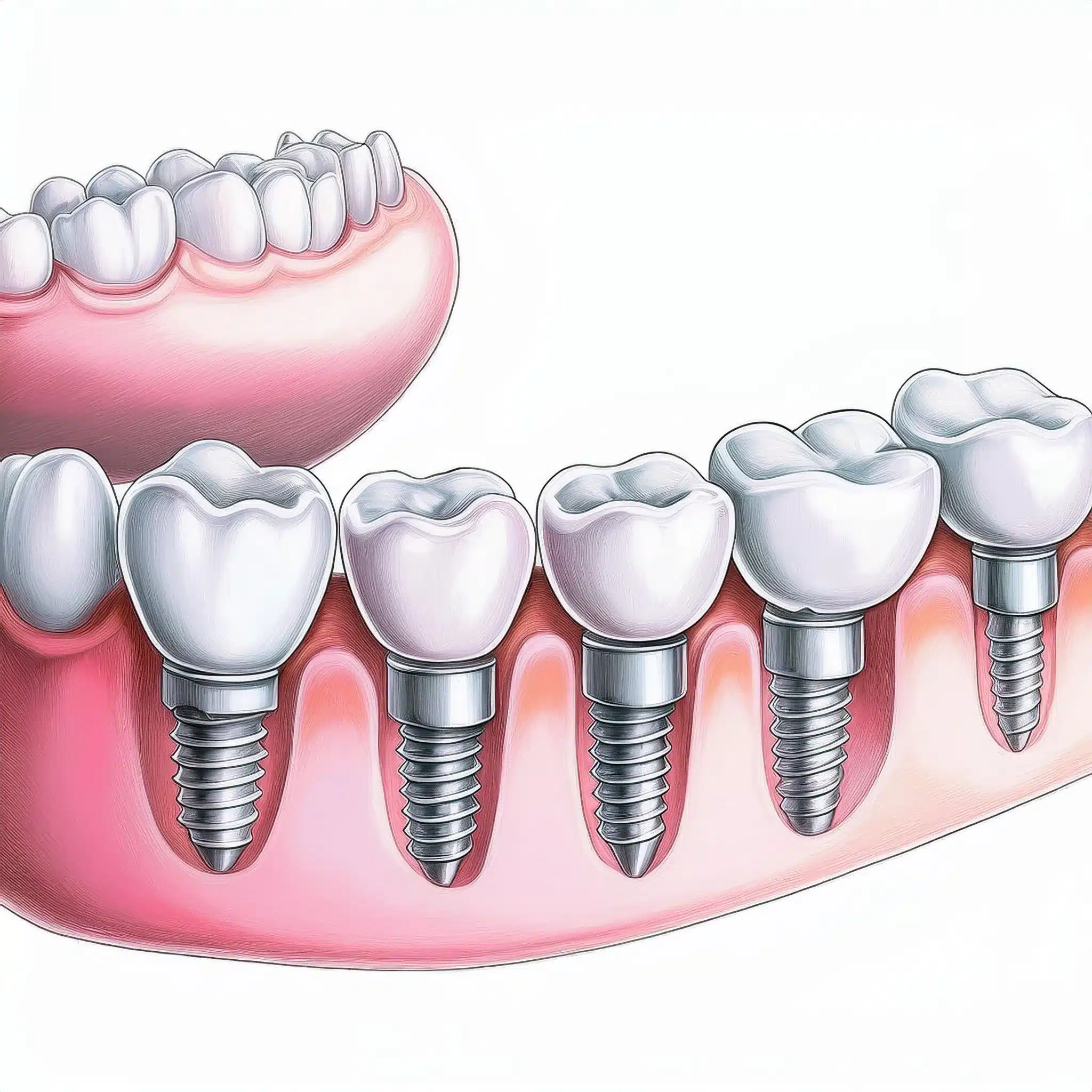
FAQ
Referencat
(1) Esposito M, et al. Interventions for replacing missing teeth: different types of dental implants. Cochrane Database Syst Rev. 2014;7:CD003815.
Neni: Ndërhyrjet për zëvendësimin e dhëmbëve që mungojnë: lloje të ndryshme të implanteve dentare
(2) Zohrabian VM, et al. Dental Implants. J Oral Maxillofac Surg. 2015;73(11):2201-2212.
Neni: Implantet Dentare
(3) Mohammad S. Dental implants. J Oral Maxillofac Surg. 2017;76(10):2139-2148.
Neni: Implantet dentare
(4) Esposito M, et al., Systematic review on diabetes mellitus and dental implants: an update. Int J Implant Dent. 2022;8(1):1-13.
Neni: Systematic review on diabetes mellitus and dental implants: an update
(5) Shadab M. Dental implants. J Clin Diagn Res. 2017;11(9):ZC15-ZC19.
Neni: Implantet dentare
